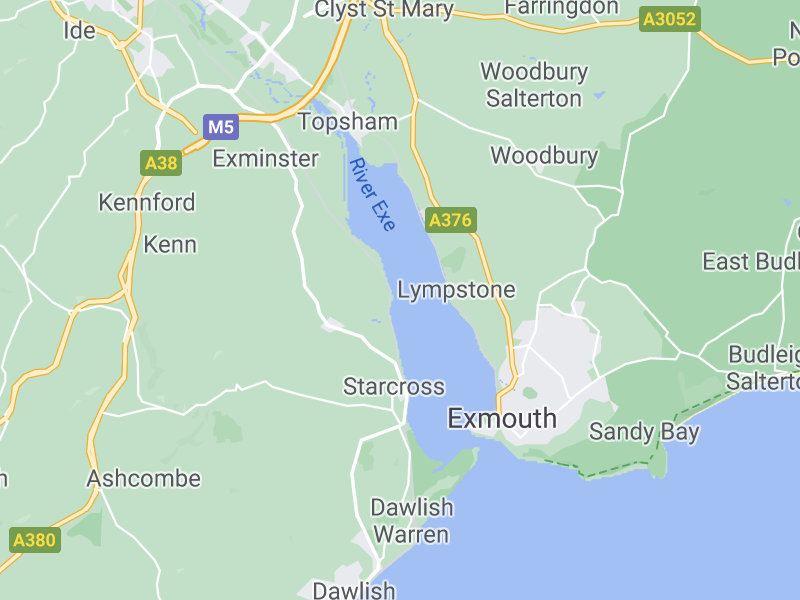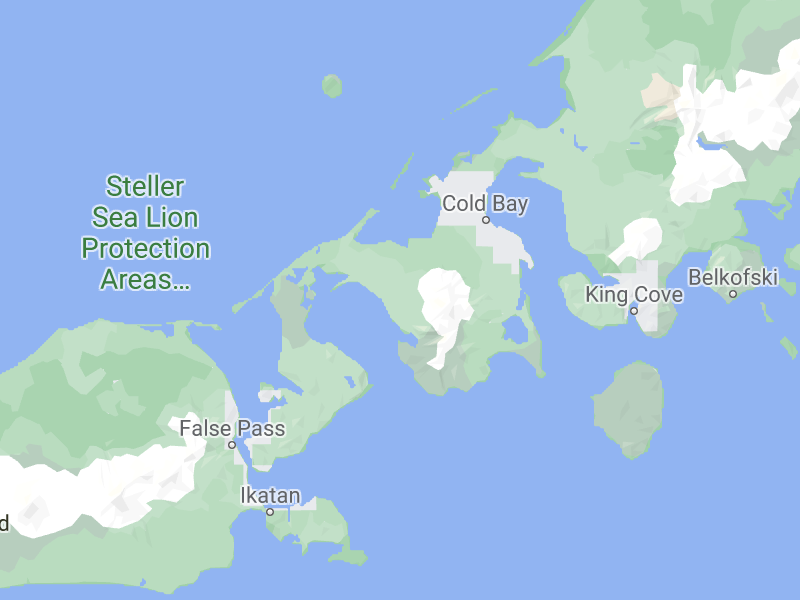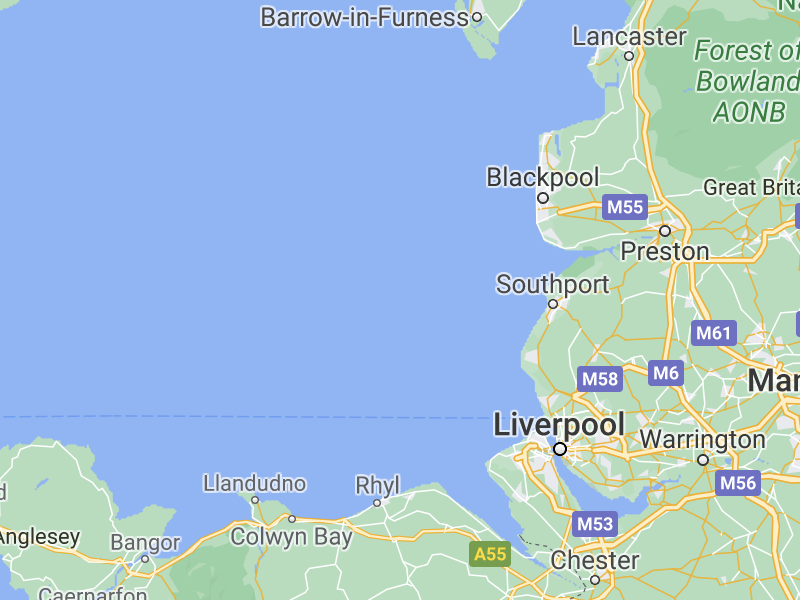Bird species included in model
Bar-tailed godwit (Limosa lapponica), Black-tailed godwit (Limosa limosa), Dunlin (Calidris alpina), Eurasian curlew (Numenius arquata), Eurasian oystercatcher (Haematopus ostralegus), Grey plover (Pluvialis squatarola)
Environmental issues simulated
Human recreation, sea-level rise and extreme weather, affecting habitat area and availability, food availability and energy requirements
Recommendations from modelling
Terrestrial habitat loss, sea-level rise and reduced temperature can reduce shorebird survival, but effects vary between species.
More information
Stillman, R.A., West, A.D., dit Durell, S.E.A.V, Caldow, W.R.G., McGrorty, S., Yates, M.G., Garbutt, R.A., Yates, T.J., Rispin, W.E. and Frost, N.J., 2005. Estuary Special Protection Areas – Establishing baseline targets for shorebirds, Centre for Ecology and Hydrology, Dorchester, Dorset. Stillman, R.A., Caldow, R.W.G., le V. dit Durell, S.E.A., West, A.D., McGrorty, S., Goss-Custard, J.D., Pérez-Hurtado, A., Castro, M., Estrella, S., Masero, J.A., Rodríguez-Pascual, F.H., Triplet, P., Loquet, N., Desprez, M., Fritz, H., Clausen, P., Ebbinge, B., Norris, K. and Mattison, E., 2005. Coastal bird diversity. Maintaining migratory coastal bird diversity: management through individual-based predictive population modelling. Centre for Ecology and Hydrology, Winfrith Newburgh, Dorset.
Durell, S.E.A.L.V.d., Stillman, R.A., McGrorty, S., West, A.D. and Price, D.J., 2007. Predicting the effect of local and global environmental change on shorebirds: a case study on the Exe estuary, U.K. Wader Study Group Bulletin, 112: 24-36.
Funding
European Commission, English Nature





